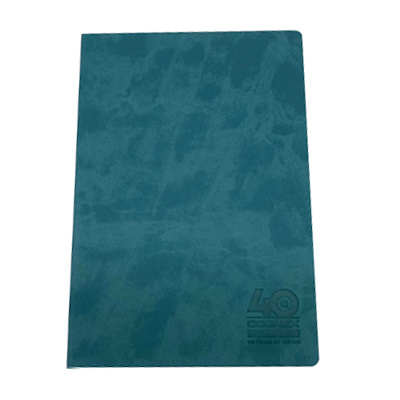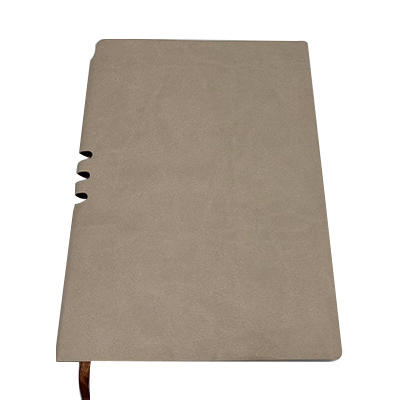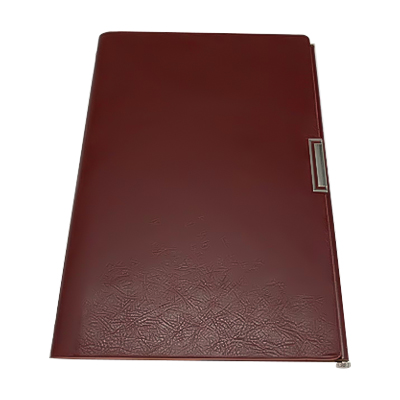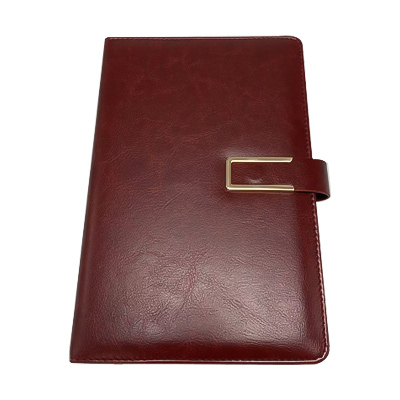When using paper tableware, it is very important to ensure food safety, especially in the current context of increasing environmental awareness, paper tableware has become the first choice for many restaurants and families. However, in order to ensure food safety, we must pay attention to multiple aspects such as selection, storage, and use.
It is crucial to choose the right paper tableware. In the market, there are a variety of paper tableware, but not all products can guarantee food safety. When purchasing, you should give priority to paper tableware that has been certified for food grade. These tableware usually indicate on the packaging whether they meet food safety standards. It is worth noting that the quality and safety of paper tableware are also closely related to its production materials, so it is particularly important to choose products that do not use harmful chemicals. For example, some low-quality paper tableware may use harmful dyes, bleaching agents or unsafe coatings, which may migrate into food under high temperature or moisture and endanger human health. Therefore, when purchasing, we should carefully check the label of the tableware to ensure that its material is safe and does not contain any substances that are harmful to the human body.
In addition to choosing safe and qualified products, it is also critical to ensure that the paper tableware is not expired. Paper tableware has a certain shelf life. Expired tableware may not only become fragile and easily broken due to the aging of the material, but may also affect the taste and quality of the food. To avoid this, we should check the production date and shelf life of the tableware when purchasing, and try to choose fresh products. The packaging of paper tableware should also be kept intact, because if the packaging is damaged, it may cause the tableware to be damp or contaminated by the outside, thus affecting the safety of the food.
Storage conditions also directly affect the safety of paper tableware. Paper tableware is very easy to absorb moisture, so we must store it in a dry and ventilated place to avoid humid environment to deform, mold or reduce the strength of paper tableware. Direct sunlight may also accelerate the aging of paper tableware, causing it to lose its original strength or fade in appearance. The storage location of paper tableware should avoid high temperature and direct sunlight to ensure that they are still in good condition before use.
In actual use, paper tableware also has its applicable temperature range. Generally, paper tableware is more suitable for room temperature or low temperature food. If you use paper tableware directly to hold hot food, especially high-temperature grease food, it may cause the tableware to soften, break, or even cause it to leak harmful substances. To avoid this, it is safer to choose paper tableware with an oil-proof film or special coating. Oil-proof paper tableware can effectively prevent grease penetration and provide stronger heat resistance.
Another aspect to note is that paper tableware is generally disposable, so do not reuse it. Although some people may try to reuse paper tableware, this practice often brings food safety risks. Paper tableware often absorbs grease, juice, etc. in food after one use. If it continues to be used, it is easy to breed bacteria or deform, and may even cause secondary contamination. Therefore, in order to ensure the safety of food, we should follow the principle of disposable use and avoid repeated use of paper tableware.
When using paper tableware, pay special attention to cleanliness and hygiene. The tableware may have been disinfected during the packaging process, but we still need to make sure our hands are clean before using it to avoid bacteria on our hands from contaminating the tableware. If the tableware is contaminated or damaged during use, it should be replaced immediately, otherwise it may affect the safety and hygiene of the food.

 English
English Deutsche
Deutsche Français
Français Español
Español русский
русский عربى
عربى





